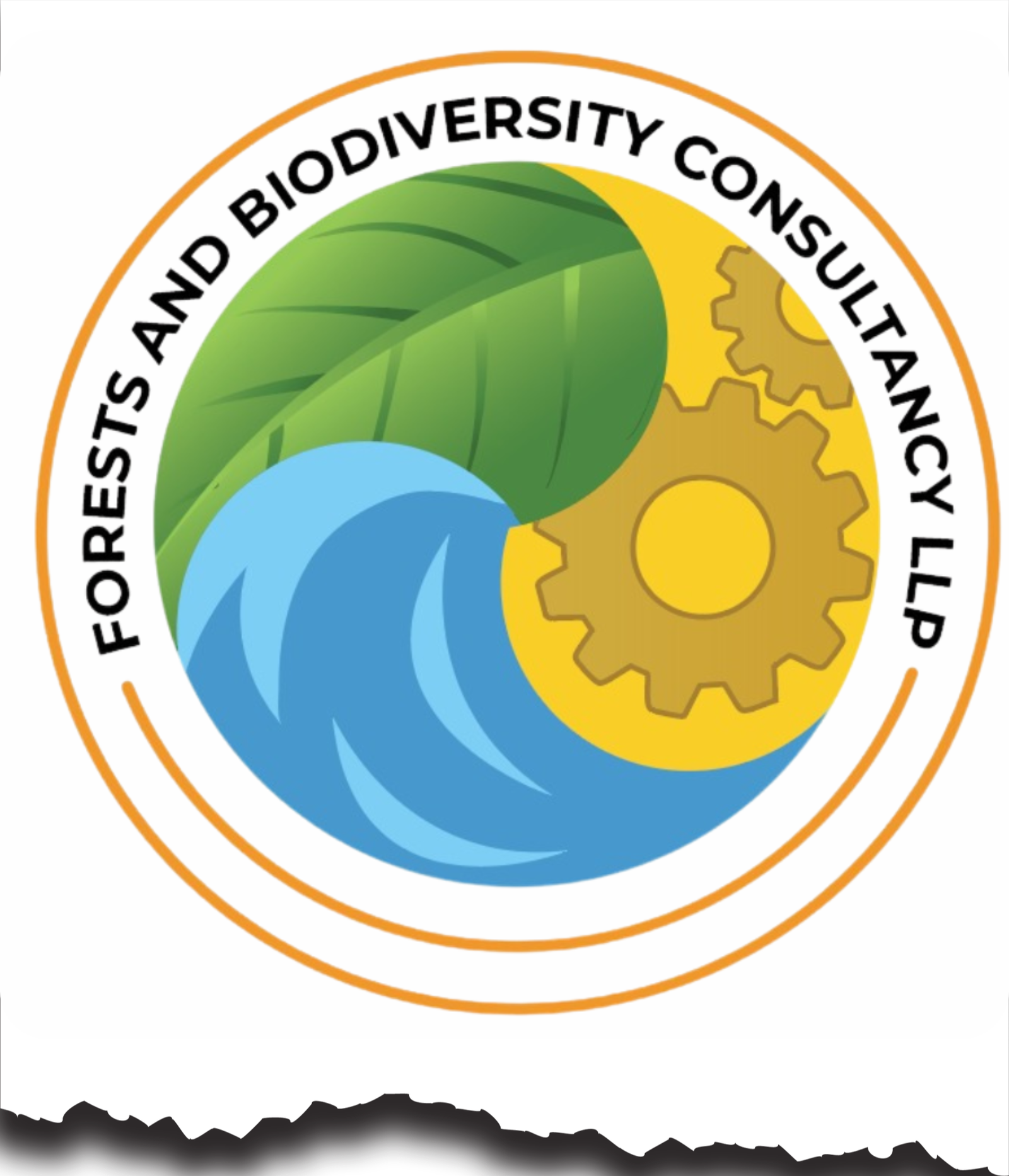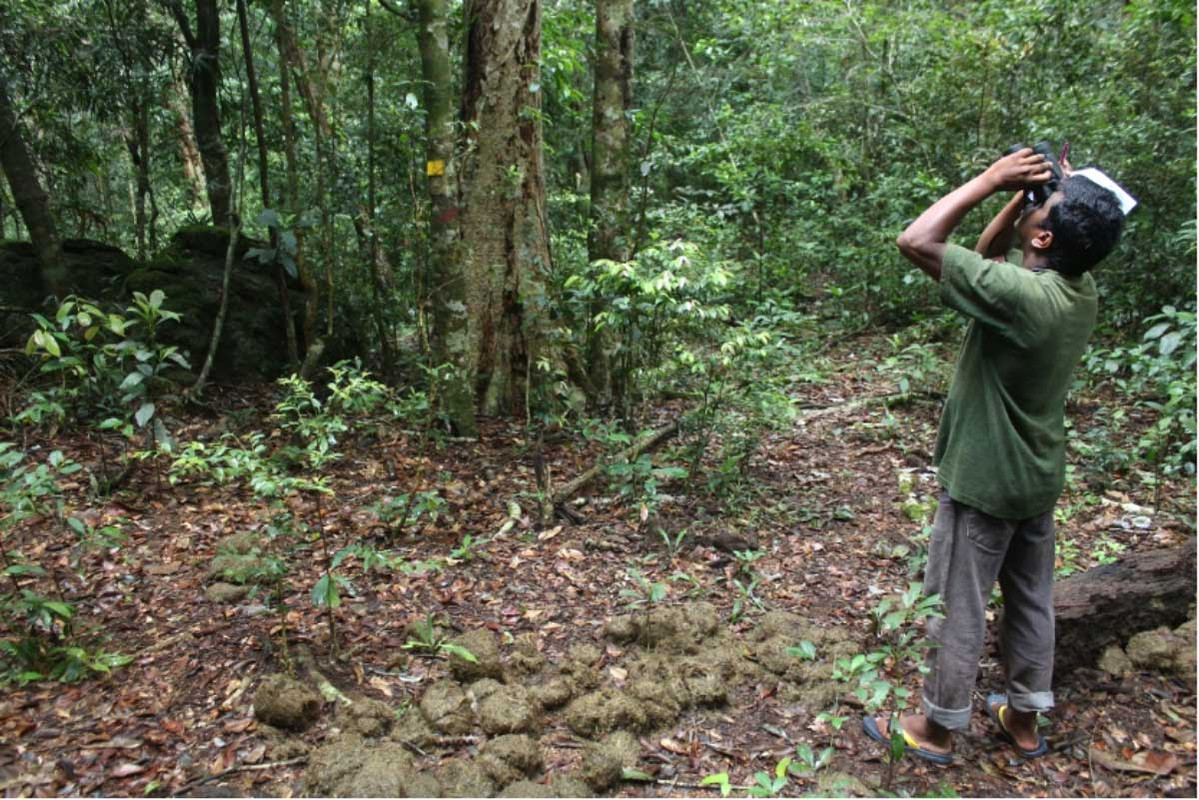One of the greatest challenges in biodiversity conservation is the lack of consistent, comparable data across countries and time. Without standardized monitoring, it becomes nearly impossible to evaluate whether conservation efforts are working or to compare progress at global scales.
To solve this, the Convention on Biological Diversity (CBD) endorsed the concept of Essential Biodiversity Variables (EBVs). These are a set of globally agreed variables designed to standardize biodiversity monitoring and reporting.
What are EBVs?
The idea of EBVs was proposed by the Group on Earth Observations Biodiversity Observation Network (GEO BON). EBVs address data fragmentation by identifying a core set of variables that capture the most essential aspects of biodiversity change.
The six categories include Genetic Composition, Species Populations, Species Traits, Community Composition, Ecosystem Structure, and Ecosystem Function.
Assessment Method
The EBV framework follows a data-to-indicator pipeline:
– Data Collection: Satellites, field surveys, citizen science.
– Standardization: Raw data harmonized into EBVs.
– Indicators: Aggregated into biodiversity indicators.
– Policy Application: Used for reporting under CBD and SDGs.
Case Studies of EBV Use
1. European Union – EBVs are part of the EU Biodiversity Strategy.
2. Brazil – Used in Amazon monitoring programs for sustainable policies.
3. Global Pollination Services – EBVs track pollinator declines important for agriculture.
Why EBVs Matter
EBVs ensure comparability, efficiency, policy relevance, and global integration of biodiversity data for international agreements like CBD and IPBES.
Challenges and Opportunities
Challenges include capacity building, technological investment, and international collaboration. Opportunities lie in creating a universal biodiversity monitoring standard.
Conclusion
The Essential Biodiversity Variables represent a powerful tool for achieving standardized, long-term biodiversity monitoring. By harmonizing data collection, EBVs enable governments and organizations to make informed decisions that support conservation and sustainable development.






